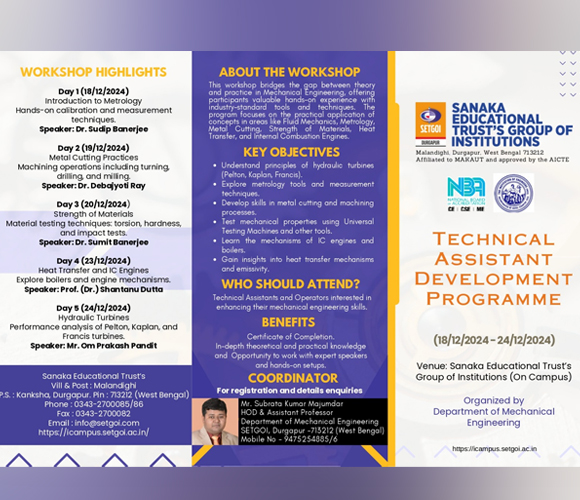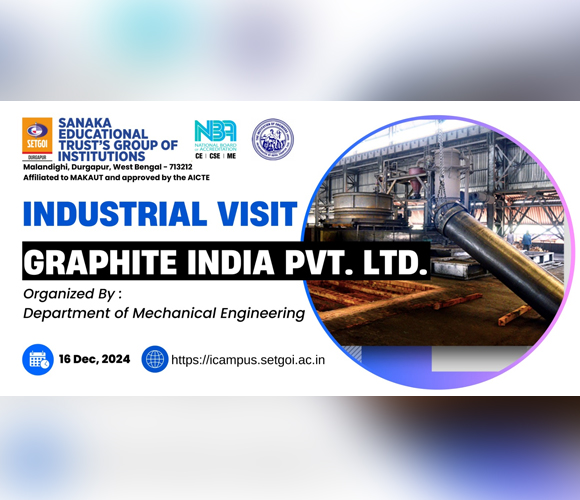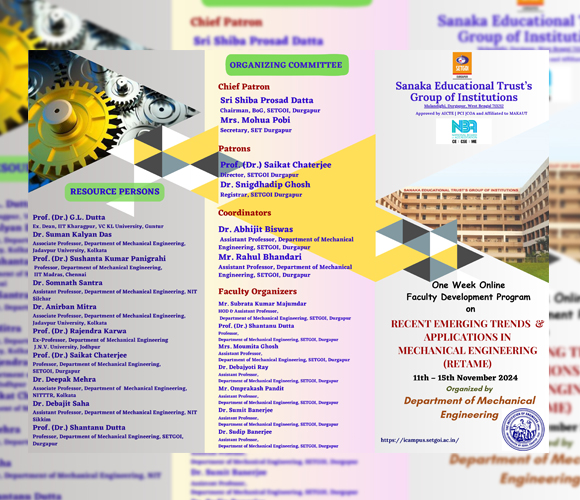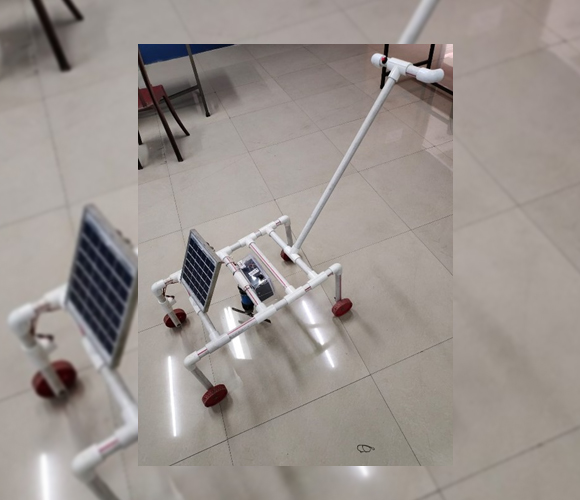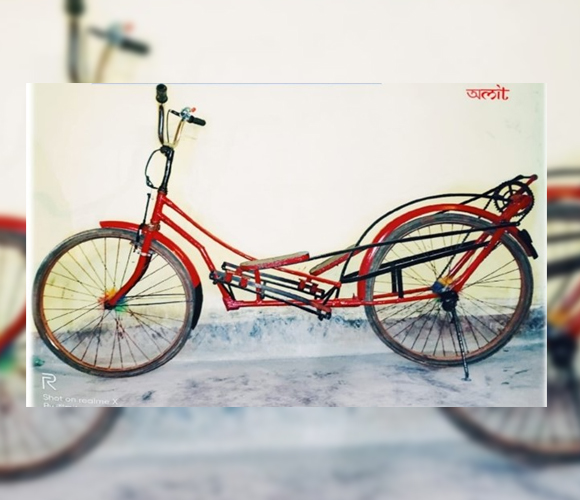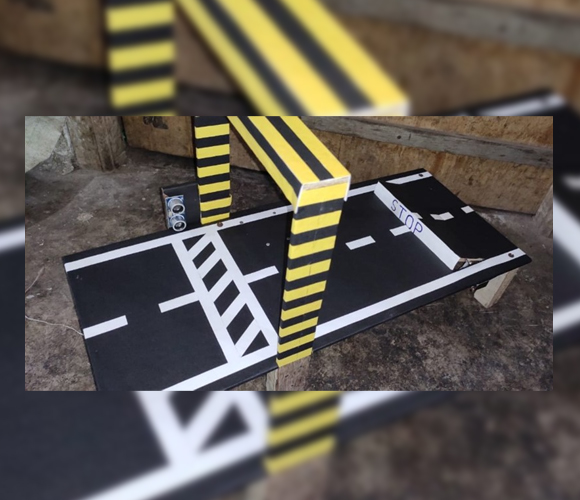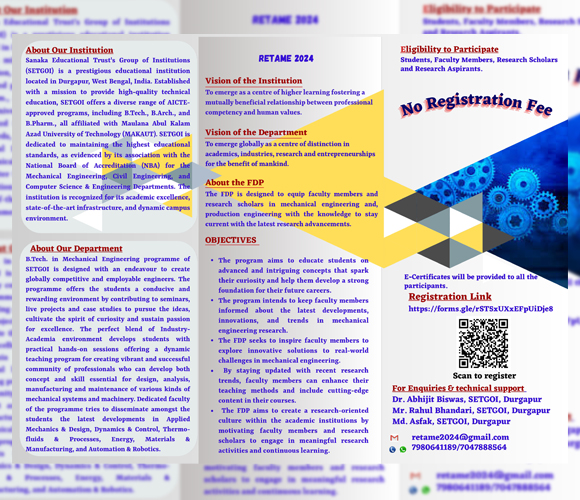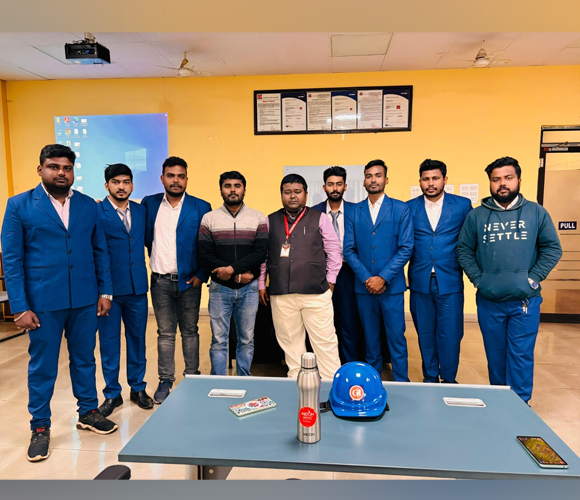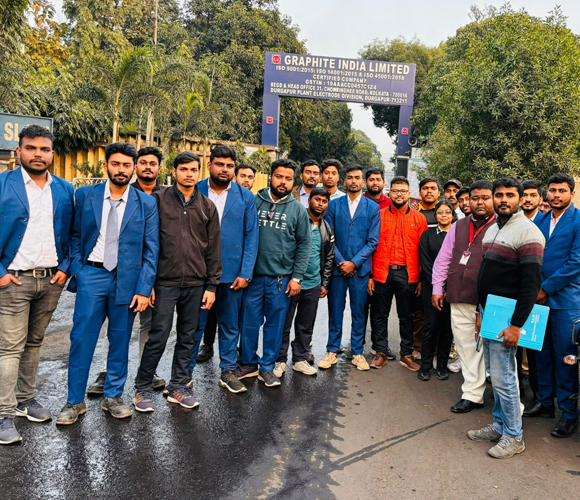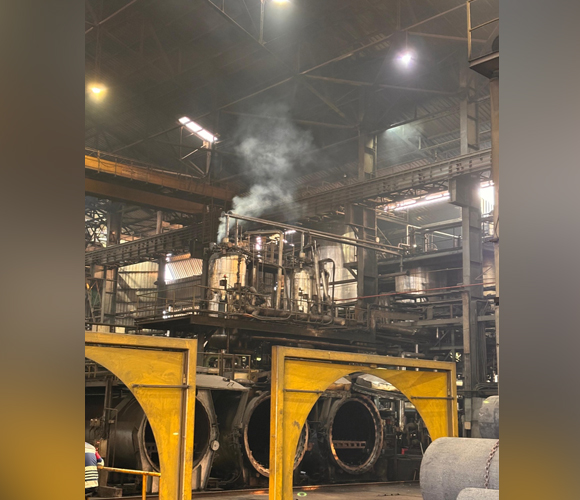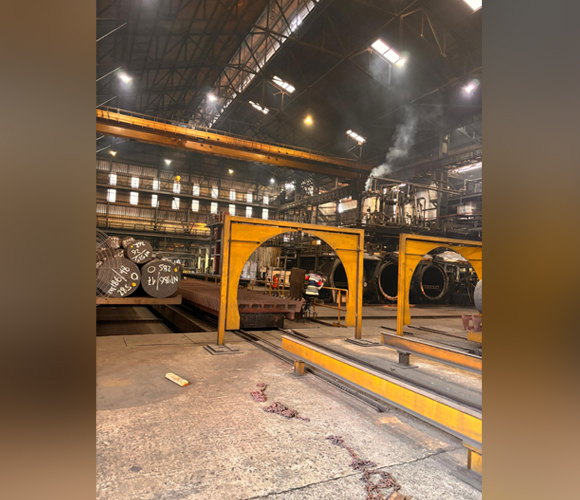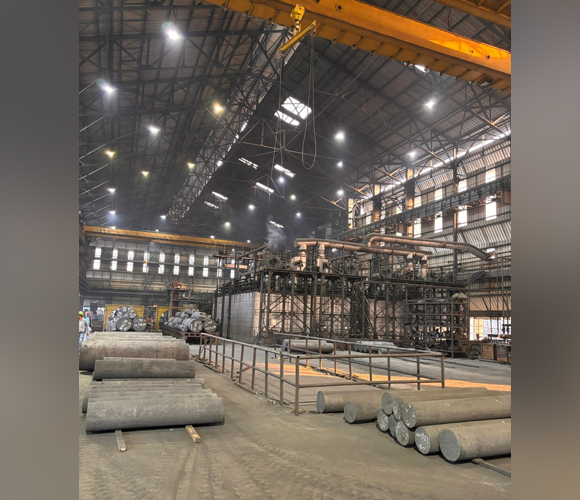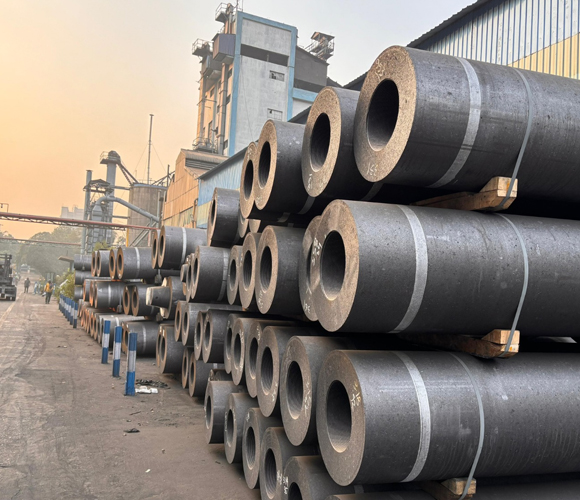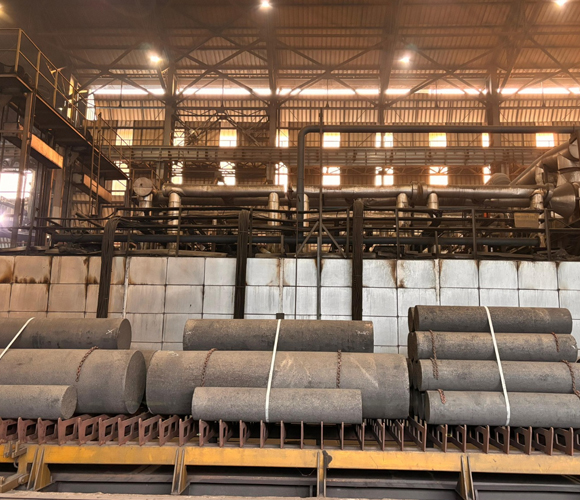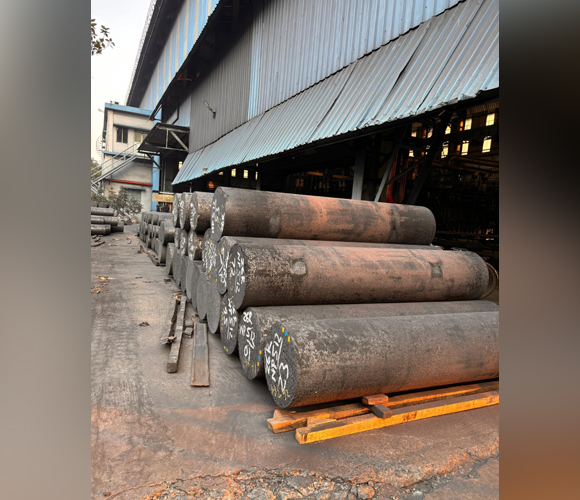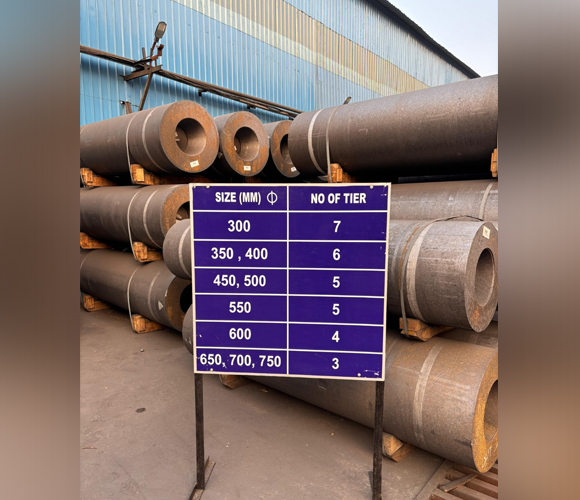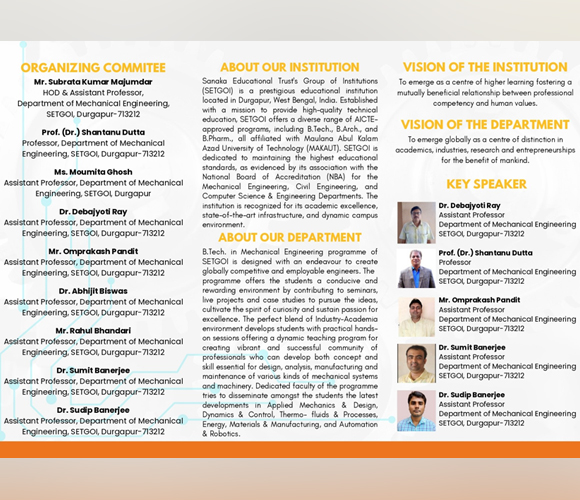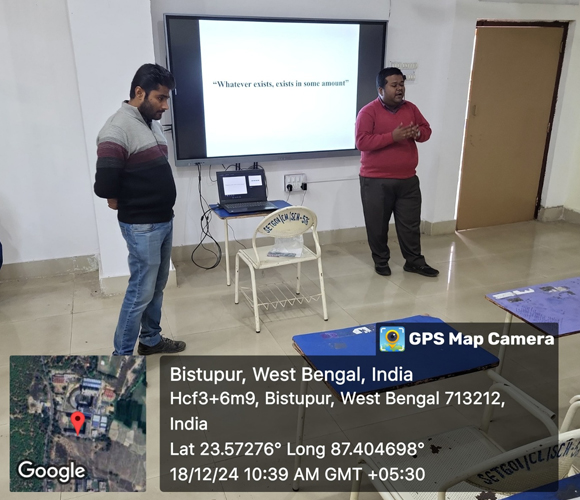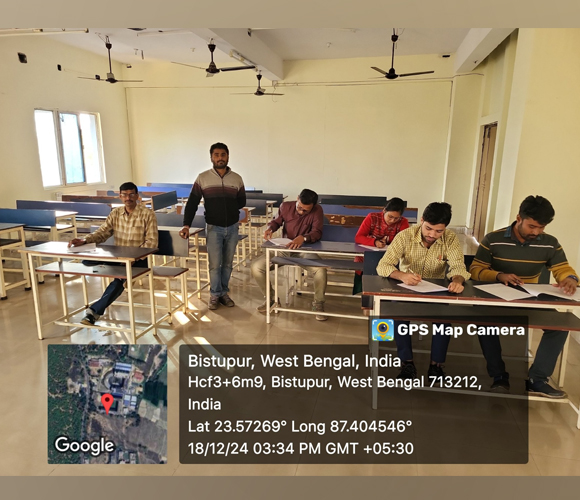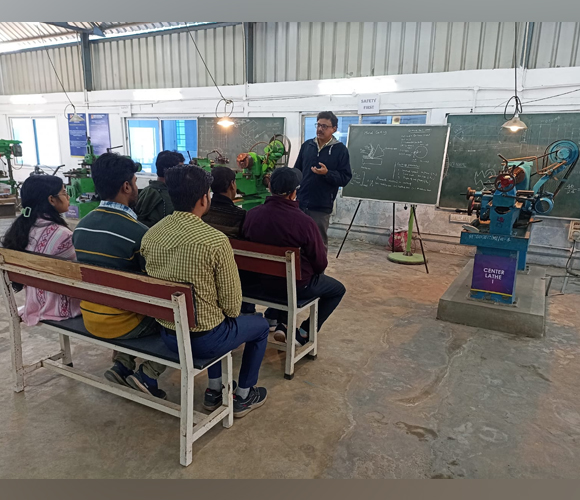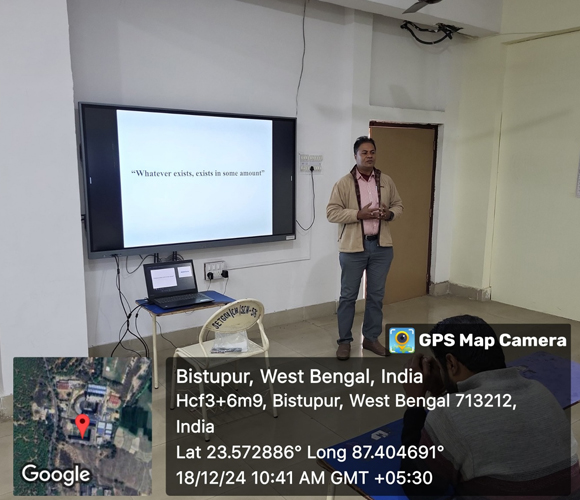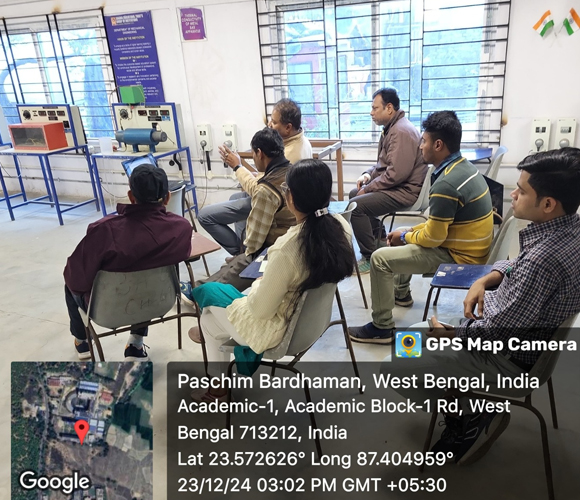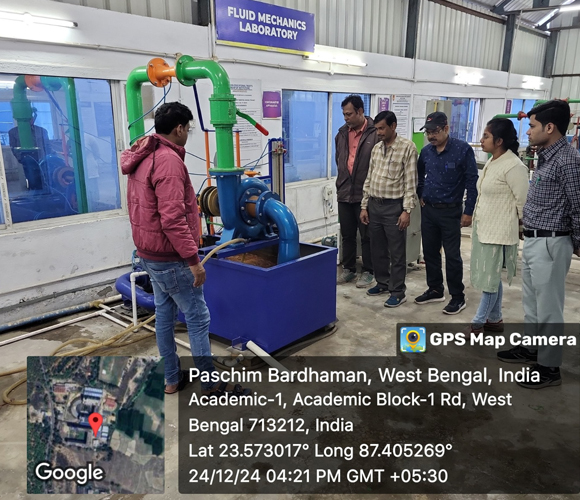Introduction to the Undergraduate Programme
B.Tech in Mechanical Engineering programme of SETGOI is designed with an endeavour to create globally competitive and employable engineers. The programme offers the students a conducive and rewarding environment by contributing to seminars, live projects and case studies to pursue the ideas, cultivate the spirit of curiosity and sustain passion for excellence. The perfect blend of Industry-Academia environment develops students with practical hands-on sessions offering a dynamic teaching program for creating vibrant and successful community of professionals who can develop both concept and skill essential for design, analysis, manufacturing and maintenance of various kinds of mechanical systems and machinery. Dedicated faculty of the programme tries to disseminate amongst the students the latest developments in Applied Mechanics & Design, Dynamics & Control, Thermo-fluids & Processes, Energy, Materials & Manufacturing, and Automation & Robotics.
Who is the Programme for?
The programme is designed for those who are interested to make a career in-
| Major Career Opportunities | Higher Education Opportunities | Alternative Career Options |
|---|---|---|
|
|
|
Curriculum Structure
| Sl No. | Category | Breakup of Credits | Credit Distribution % |
|---|---|---|---|
| 1. | Humanities & Social Sciences + Management Courses | 11 | 7 |
| 2. | Basic Science Courses | 26 | 16 |
| 3. | Engineering Science Courses | 26 | 16 |
| 4. | Professional Core Courses | 57.5 | 36 |
| 5. | Project / Internship | 12.5 | 8 |
| 6. | Professional Elective Courses | 18 | 11 |
| 7. | Open Elective Courses | 9 | 6 |
| 8. | Mandatory Courses | 0 | 0 |
| Total Credits | 160 | 100 | |
Curriculum Details
Laboratories
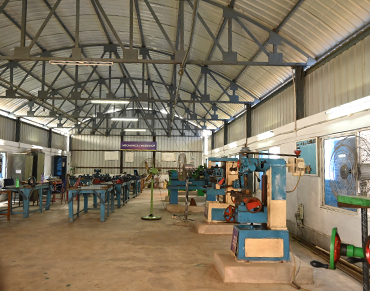
Manufacturing Technology Laboratory
The Manufacturing Technology Laboratory provides opportunity to study and practice of different manufacturing processes to the students. ....

Manufacturing Technology Laboratory
The Manufacturing Technology Laboratory provides opportunity to study and practice of different manufacturing processes to the students. The purpose of this laboratory is the experimental learning with the nature and technique of the manufacturing processes. This laboratory focuses on developing the students’ skills towards metal cutting activities, through introducing different metal cutting machines and processes. It also develops the skill of the students towards process planning, machine and process selection.
LIST OF SOFTWARE
- AutoCAD 2010
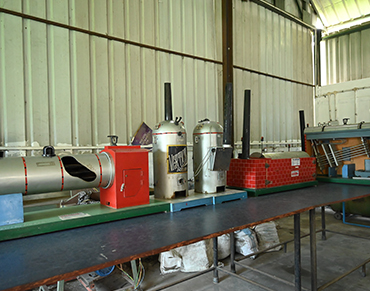
Thermal Engineering Laboratory
Thermal Engineering laboratory provides to study and basic understanding of different thermal devices. This laboratory em ....

Thermal Engineering Laboratory
Thermal Engineering laboratory provides to study and basic understanding of different thermal devices. This laboratory emphasises on the construction and working principle of different type of internal combustion engines and boilers.
LIST OF SOFTWARE
- AutoCAD 2010

Internal Combustion Engine Laboratory
Internal Combustion Engine Laboratory provides opportunity to the students to study different type of IC engines and ....

Internal Combustion Engine Laboratory
Internal Combustion Engine Laboratory provides opportunity to the students to study different type of IC engines and to test their performances like Brake Power, Volumetric Efficiency, Brake Thermal Efficiency, Specific Fuel Consumption. Complete energy balance of the engines also done experimentally using exhaust gas calorimeter, air-fuel ratios P-Theta and P-V diagram.
LIST OF SOFTWARE
- AutoCAD 2010

Heat Transfer Laboratory
Heat Transfer laboratory provides fundamental and industrial knowledge about modes of heat transfer, like conduction, convectio.....

Heat Transfer Laboratory
Heat Transfer laboratory provides fundamental and industrial knowledge about modes of heat transfer, like conduction, convection and radiation, and their application.
LIST OF SOFTWARE
- AutoCAD 2010
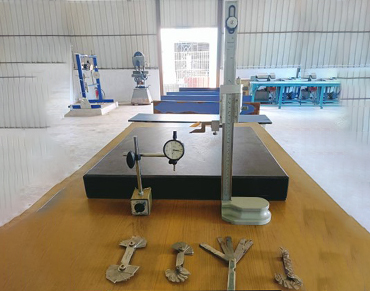
Engineering Metrology Laboratory
Metrology, the science of measurement, helps manufacturers to attain the proper fit and finish for their products. Metrology Lab pla.....

Engineering Metrology Laboratory
Metrology, the science of measurement, helps manufacturers to attain the proper fit and finish for their products. Metrology Lab plays an important role for a student who wants to pursue his career in industrial engineering and shop floor control. The purpose of Metrology laboratory is to familiarize the students with measuring devices, to study the measurement methods, to learn proper measuring techniques and to express the result of calculations so as to correctly reflect the effects of measurement uncertainty. Following of the equipment, and instruments included in the Metrology Laboratory.
LIST OF SOFTWARE
- AutoCAD 2010
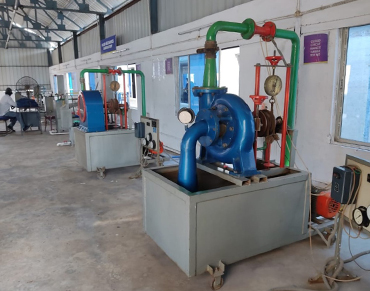
Fluid Mechanics & Hydraulics Laboratory
Fluid Mechanics & Hydraulics Laboratory provides the opportunity to practice of measuring the rate of flow of a fluid through a pipe or through a channel......

Fluid Mechanics & Hydraulics Laboratory
Fluid Mechanics & Hydraulics Laboratory provides the opportunity to practice of measuring the rate of flow of a fluid through a pipe or through a channel. Students learn to find out different constants of measuring devices, frictional head loss when flowing through a pipe. They get exposer to find out different type of flow (laminar or turbulent) experimentally. They get opportunity to test the performances of different fluid machines and finding out characteristic curves.
LIST OF SOFTWARE
- AutoCAD 2010
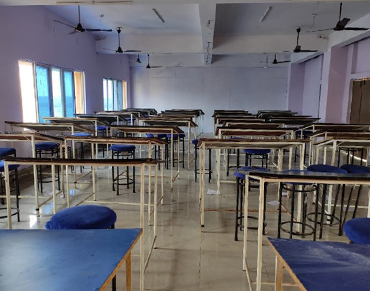
Engineering Graphics & Design/Machine Drawing
Engineering Graphics & Design/Machine Drawing Laboratory provides the opportunity to study and practice ........

Engineering Graphics & Design/Machine Drawing
Engineering Graphics & Design/Machine Drawing Laboratory provides the opportunity to study and practice engineering design to the students. They get exposure to the visual aspects of engineering design and learn engineering graphics standards. This laboratory focuses on developing the students’ skills towards the solid modelling of different manufacturing processes.
LIST OF SOFTWARE
- AutoCAD 2010

Applied Mechanics Laboratory
The Applied Mechanics Laboratory provides the opportunity to study and understand the mechanical properties of different materials to the students........

Applied Mechanics Laboratory
The Applied Mechanics Laboratory provides the opportunity to study and understand the mechanical properties of different materials to the students. The purpose of this laboratory is experimental learning with the nature and technique of the material testing processes. This laboratory imparts training on determining different mechanical properties like ductility or brittleness, hardness, toughness, torsional rigidity etc.
LIST OF SOFTWARE
- AutoCAD 2010

Dynamics of Machines Laboratory
Mechanisms of any machine and it is an assemblage of rigid bodies so that they move upon each other with definite relative motion. Objectives........

Dynamics of Machines Laboratory
Mechanisms of any machine and it is an assemblage of rigid bodies so that they move upon each other with definite relative motion. Objectives of the Dynamics of Machines laboratory are to impart practical knowledge on design and analysis of mechanisms for the definite motion in a machine. With the study of rigid body motions and forces for the transmission systems, machine kinematics and dynamics can be well understood.
LIST OF SOFTWARE
- AutoCAD 2010
Activity gallery
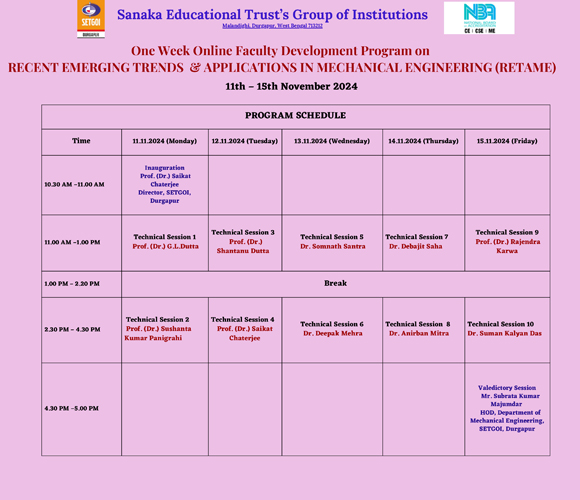
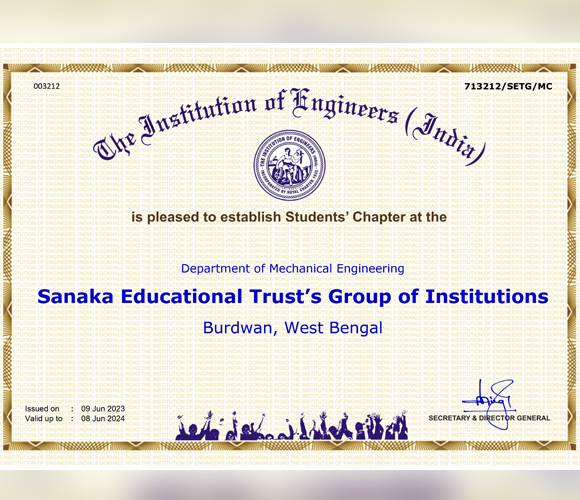
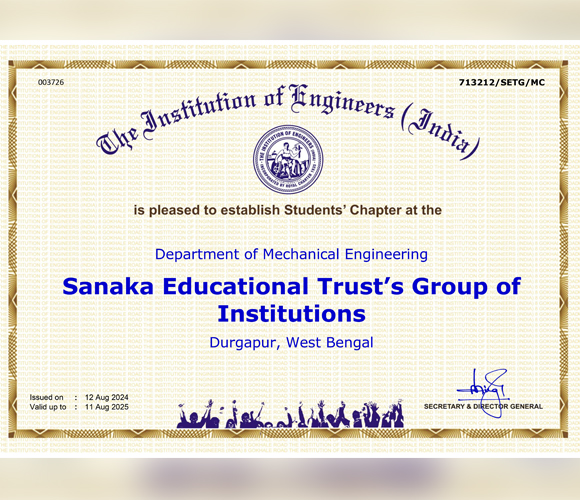
Career Guidance & Mentoring
- Faculty Mentor monitors the personal and professional development of individual student mentee.
- Guides curricular, co-curricular and extra-curricular activities.
- Mentor establishes a personal relationship and addresses the various issues of the student.
DEPARTMENT VISION:
To emerge globally as a center of distinction in academics, industries, research and entrepreneurships for the benefit of mankind.
DEPARTMENT MISSION:
- MED.M1 To deliver quality education to students by enhancing their fundamental and domain knowledge to groom globally competitive engineers.
- MED.M2 To encourage outreach research both academic and corporate by practicing state-of-art technology for sustainable development.
- MED.M3 To promote effective interaction among faculties, students, alumni, and industries by working in a team to develop entrepreneurs and ethical professionals.
PROGRAM EDUCATIONAL OBJECTIVES (PEO):
- PEO 1: To produce engineering graduates who can contribute to the industry as a professional engineer providing solutions for practical problems and develop new techniques.
- PEO 2: To produce engineering graduates who can pursue higher education and contribute in advanced research and development providing solutions to the emerging needs of the society.
- PEO 3: To produce engineering graduates who can become entrepreneur with professional leadership involving team work and ethical practices.
PROGRAM SPECIFIC OUTCOMES (PSO):
Students of Mechanical Engineering will be able to
- PSO 1: Identify, interpret and solve problems related to multidisciplinary engineering processes and systems by applying the concepts of mechanical engineering.
- PSO 2: Plan process-sequences and methodologies adapting emerging technologies by using modern tools and software to establish innovative methods and manufacture quality products.
PROGRAM OUTCOMES (PO):
| PO1 | Engineering Knowledge: Apply the knowledge of mathematics, science, engineering fundamentals, and an engineering specialization to the solution of complex engineering problems. |
|---|---|
| PO2 | Problem Analysis: Identify, formulate, review research literature, and analyse complex engineering problems reaching substantiated conclusions using first principles of mathematics, natural sciences and engineering sciences. |
| PO3 | Design/Development of Solutions: Design solutions for complex engineering problems and design system components or processes that meet the specified needs with appropriate consideration for the public health and safety, and the cultural, societal, and environmental considerations. |
| PO4 | Conduct Investigations of Complex Problems: Use research-based knowledge and research methods including design of experiments, analysis and interpretation of data, and synthesis of the information to provide valid conclusions for complex problems |
| PO5 | Modern Tool Usage: Create, select, and apply appropriate techniques, resources, and modern engineering and IT tools including prediction and modelling to complex engineering activities with an understanding of the limitations. |
| PO6 | The Engineer and Society: Apply reasoning informed by the contextual knowledge to assess societal, health, safety, legal and cultural issues and the consequent responsibilities relevant to the professional engineering practice. |
| PO7 | Environment and Sustainability: Understand the impact of the professional engineering solutions in societal and environmental contexts, and demonstrate the knowledge of, and need for sustainable development. |
| PO8 | Ethics: Apply ethical principles and commit to professional ethics and responsibilities and norms of the engineering practice. |
| PO9 | Individual and Team Work: Function effectively as an individual, and as a member or leader in diverse teams, and in multidisciplinary settings. |
| PO10 | Communication: Communicate effectively on complex engineering activities with the engineering community and with society at large, such as, being able to comprehend and write effective reports and design documentation, make effective presentations, and give and receive clear instructions. |
| PO11 | Project Management and Finance: Demonstrate knowledge and understanding of the engineering and management principles and apply these to one’s own work, as a member and leader in a team, to manage projects and in multidisciplinary environments. |
| PO12 | Life-long Learning: Recognize the need for, and have the preparation and ability to engage in independent and lifelong learning in the broadest context of technological change. |



